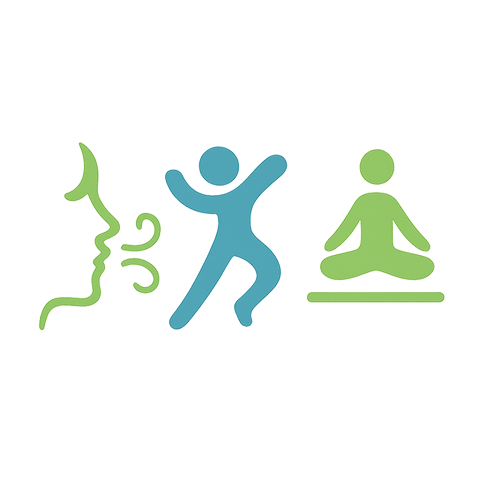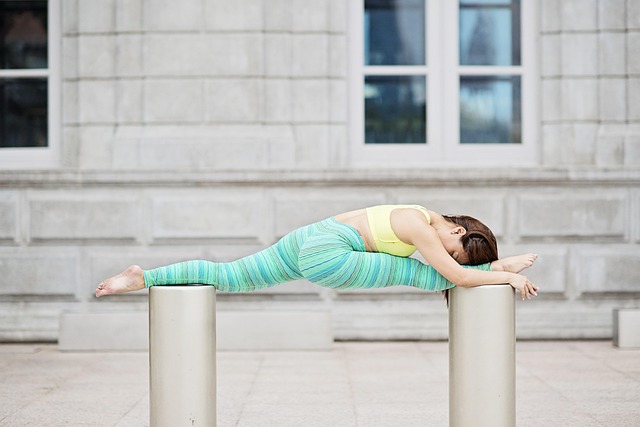When we think about fitness and training, our minds often gravitate towards linear movements—think squats, deadlifts, or running. However, the world of health and activity expands significantly when we embrace the often-overlooked domain of rotational movements. These dynamic exercises engage the body in a way that mirrors real-life activities, enhancing not only our strength but also our mobility and functionality.
Rotational movements are foundational to many athletic performances and daily activities. They involve twisting the torso, pivoting on the feet, and engaging multiple muscle groups simultaneously. This type of movement is essential for athletes who need to change directions quickly, but it’s equally important for everyday tasks such as lifting grocery bags or playing with children. By incorporating rotational movements into our fitness routines, we can enhance our overall functional capability and reduce the risk of injury.
The benefits of embracing these movements extend beyond muscle engagement. Health professionals assert that integrating rotational training can lead to improved trunk stability and better core strength. This aspect is critical, as a stable core can alleviate stress on the spine and joints, lower the likelihood of injuries, and promote overall well-being. Additionally, a well-functioning core helps with posture, breathing, and even organ function, showcasing just how interconnected our body systems are.
Moreover, enhancing mobility through rotational movements can improve athletic performance. For instance, in sports like golf, baseball, or tennis, a powerful swing or hit relies on the effective rotation of the hips and shoulders. Training these movements supports better performance, allowing athletes to reach their maximum potential while also minimizing the risk of overuse injuries associated with repetitive linear training.
In the realm of activity, rotational movements can also enhance balance and coordination, attributes vital for maintaining good health as we age. As we grow older, our bodies naturally lose muscle mass and flexibility. Engaging in exercises that promote rotational mobility not only combats these declines but also empowers people with the confidence to carry out daily tasks independently and actively. Whether it’s reaching for something overhead or turning to look over one’s shoulder, these small actions rely heavily on our ability to rotate efficiently.
Integrating rotational movements into your fitness training can be simpler than it appears. Exercises such as woodchoppers, Russian twists, and cable rotations are excellent ways to introduce this type of movement into your routine. Even traditional movements can be modified to include more rotation, such as doing a squat with a twist or a lunge with a reach. It’s about challenging the body in new ways, ensuring that we’re not just strong in one plane of movement, but robust and resilient in all.
With each dynamic twist and turn, we unlock a new level of mobility, allowing us to engage more fully in life. The practice of incorporating rotational movements enables us to bridge the gap between fitness and functional activity, leading to a healthier, vibrant existence. By embracing these movements, we can cultivate not just a fitter body but also an empowered lifestyle, ready to tackle whatever challenges come our way.




